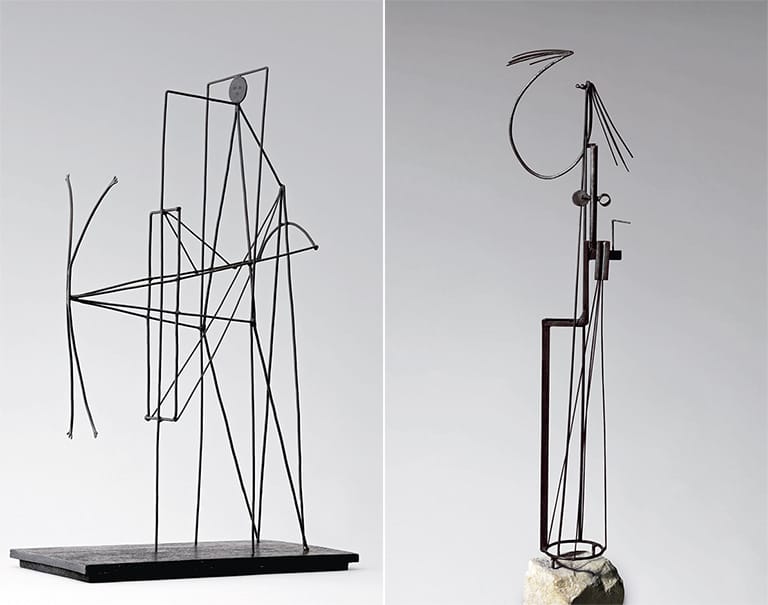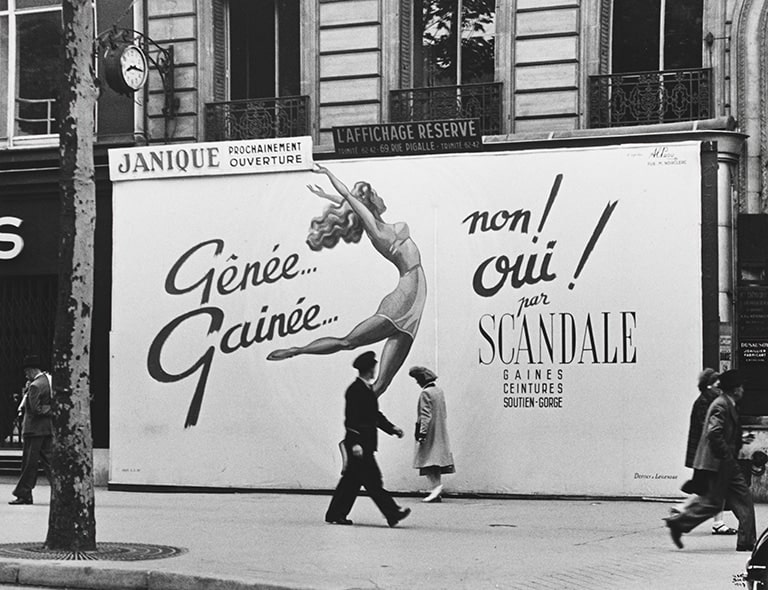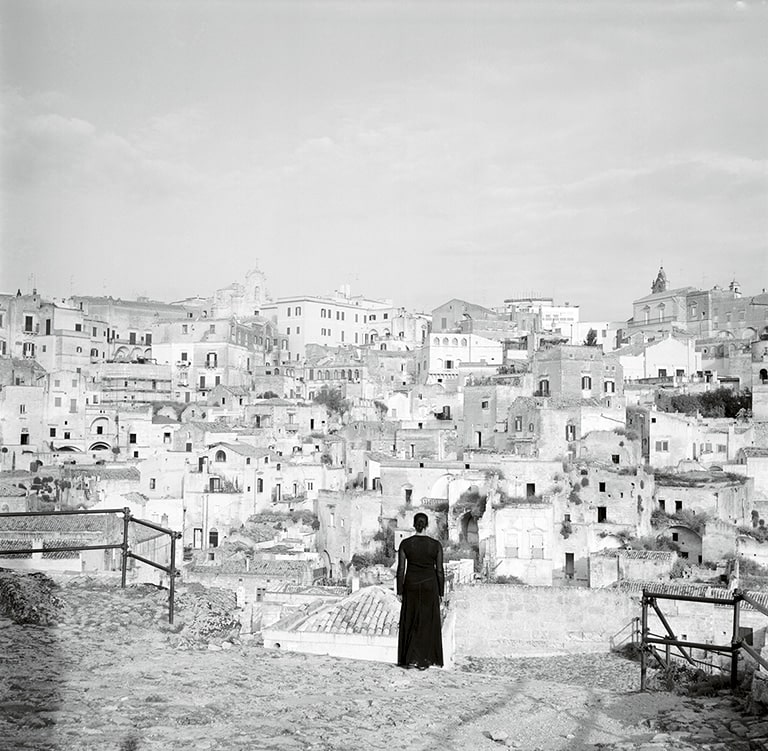Seated Nude in Studio
![Seated Nude in Studio [Desnudo sentado en el estudio] Seated Nude in Studio [Desnudo sentado en el estudio] © COLECCIONES Fundación MAPFRE](/media/arte-cultura/colecciones/henri-matisse/fm000302.jpg)
Henri Matisse
Seated Nude in Studio, 1926
© Sucesión H. Matisse. VEGAP, 2021
© Fundación MAPFRE COLLECTIONS
Technique
Pen and Indian ink on paper
Dimensions
Paper size: 52.5 x 68.5 x 4 cm
Inventory
FM000302
Description
In 1926, Henri Matisse’s work was leaning in two directions which, in principle would normally be seen as opposing: the sculptural volume, and the pictorial linearity of a painting that he himself called ‘intimate’. They were not, however, two opposing forces, at least not in Matisse’s work, as highlighted by a particular painting and sculpture: Decorative Figure on an Ornamental Background (1926, Paris, Centre Pompidou, Musée National d’Art Moderne) is the painting, one of his most famous; and Large Seated Nude (1922-1929, Texas, Col. Raymond and Pats Nasher) is the sculpture, to which other smaller yet no less interesting ones can be added (Small Nude on Couch, 1924, Jerusalem, The Israel Museum) and some of the finest paintings that Matisse ever created (Odalisque with a Tambourine, 1925-1926, New York, The Museum of Modern Art). The paradox is even greater if we take into account that the sculptural figures seem to stretch, become unbalanced, in a position that, even though seated, is still dynamic and open, while the pictorial figures close up on themselves, forming a compact ‘bulge’, with the arms, legs and body forming a clearly determined organic whole.
Seated Nude in Studio, a drawing that Matisse did in Nice in 1926, possibly portraying his model at that time, Henriette Darricarrère, is situated in this context, and not only for chronological reasons. The woman seated in an armchair inside the studio – which could also be another more private room, as was usual in many of the artist’s works – does not raise her arms above her head as the figures mentioned earlier do, but her right hand is not apparent; we do not know whether it is lying on her stomach or her lap, as it is covered by what must be, without additional detail, a loose blouse or robe, while the left hand rests on the arm of the chair.
The woman, whose breasts are visible, looks directly at us while placing one leg under the other in a carefree yet Michelangelo-like gesture – it is worth recalling the position of the legs of La Aurora in the Tomb of Lorenzo de Medici, Duke of Urbino (1524-1534), which Matisse reflected in several drawings he did in the 1920s – yet this is not an abandoned attitude but clearly expectant towards whoever is looking at her.
As was usual in these types of paintings and drawings, various objects compete the furniture in the room and some side windows allude to an exterior which, being Nice, was always key to the luminosity of his works, the determination and arrangement of the figure, and the play between what was private and what was not. However, it is not the number of objects that draws attention, but their close relationship with each other and with everything else in the picture, as if there were a line uniting them. There is no such line, but the arrangement does create the space, and the unity of the space, in which the main motif is found: the nude woman in the armchair, a common theme for the artist during those years, approached here with complete freedom.
In the drawing we find the two features mentioned at the beginning. The linearity is evident in the simplicity of line, its precision, those features that define Matisse and so amaze and seduce us no matter how many times we look at his work. Linearity is the most important feature of the ‘curving’ of the body and the robe or blouse, not to mention the profile of the shapes of the armchair, also curved – is this perhaps the same one as in the abovementioned Odalisque with a Tambourine? This seems to be indicated by the pattern of the upholstery, and it is not impossible that some of the other objects in the painting also feature in the drawing: the tambourine, the stacked papers, the box, even the floral motif on the wallpaper, and this linearity established a close physical and material relationship between the female figure and the chair in which she is seated.
The volume is not a separate element from that linearity, it is its consequence. Matisse draws like a painter and like a sculptor: the line creates the bodily volume of the figure in terms of a ‘classicist’ sculpture – in the style of Michelangelo, as I suggested earlier (which has little of the ‘classical’, in terms of style) – in the strength of the legs and torso and even in the very ‘hardness’ of the head, which forces us to remember a similar ‘hardness’ in the head of Henriette II, a sculpture he made around the same date, 1925-1926, today held in a private collection. And when I use the term ‘hardness’, I am not referring to expressive hardness, which does not exist, but rather to the material consistency, the material hardness of the volume, which might appear to clash with the linearity of the painting but does not. This is a characteristic that would be difficult to find in any other twentieth-century artist, and one which Matisse started to seek out from very early on, in his famous Blue Nude (Souvenir of Biskra) (1907, Baltimore, Baltimore Museum of Art), and also in his sculptures of standing women from the back – a theme he would return to over and over again, that ‘exploded’ in Nice and would never be abandoned by him.
[Valeriano Bozal]




